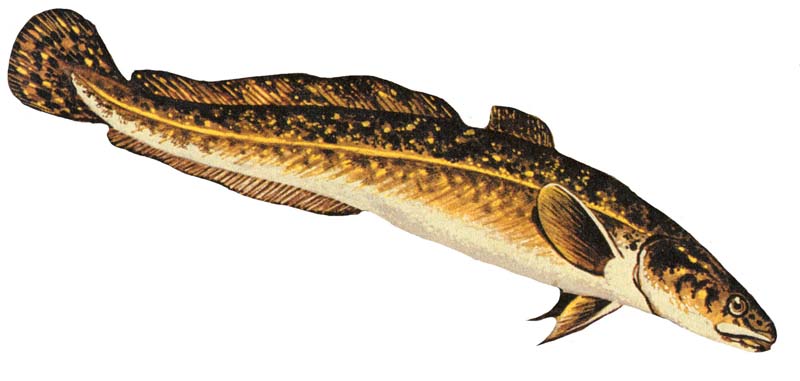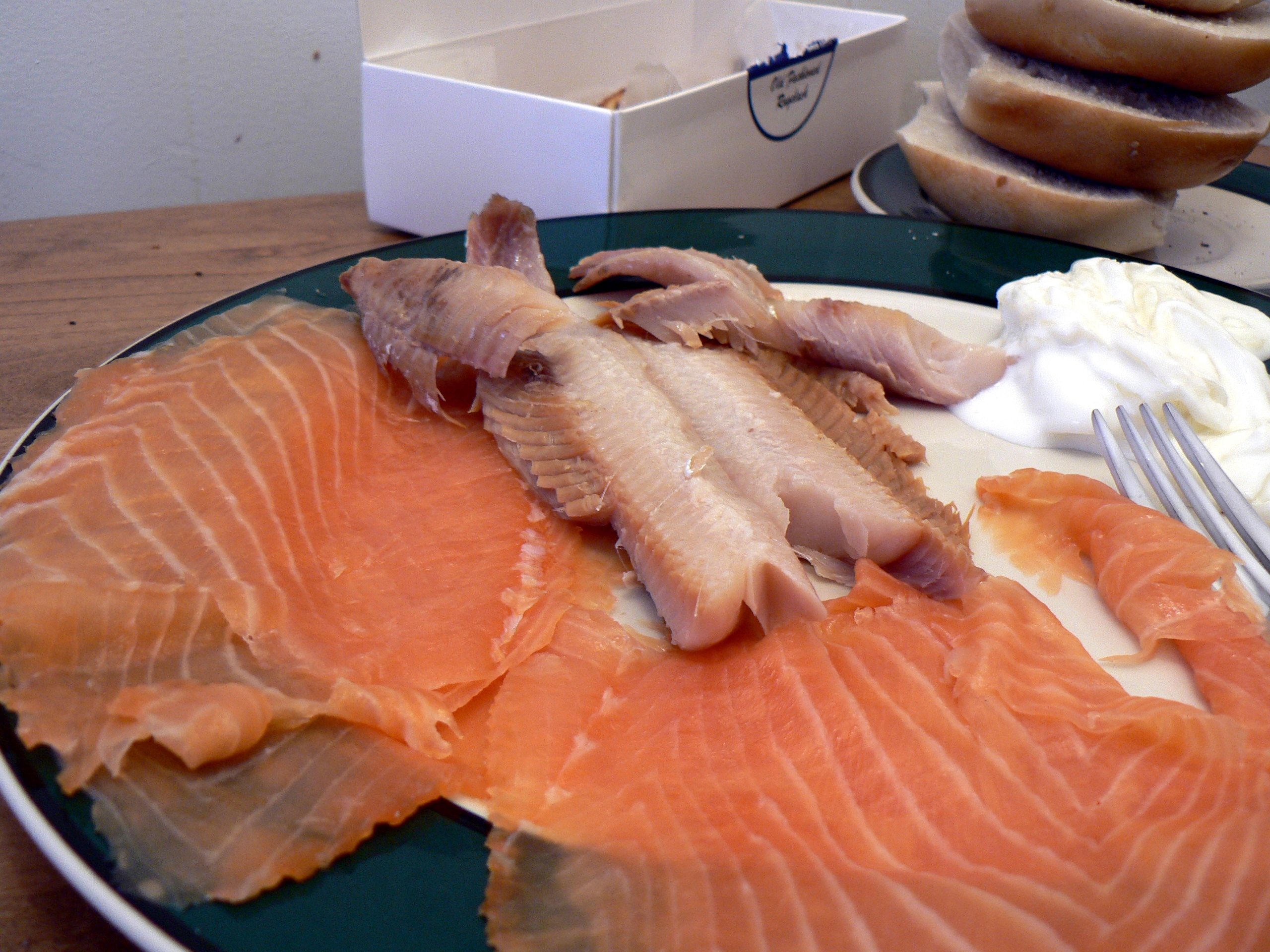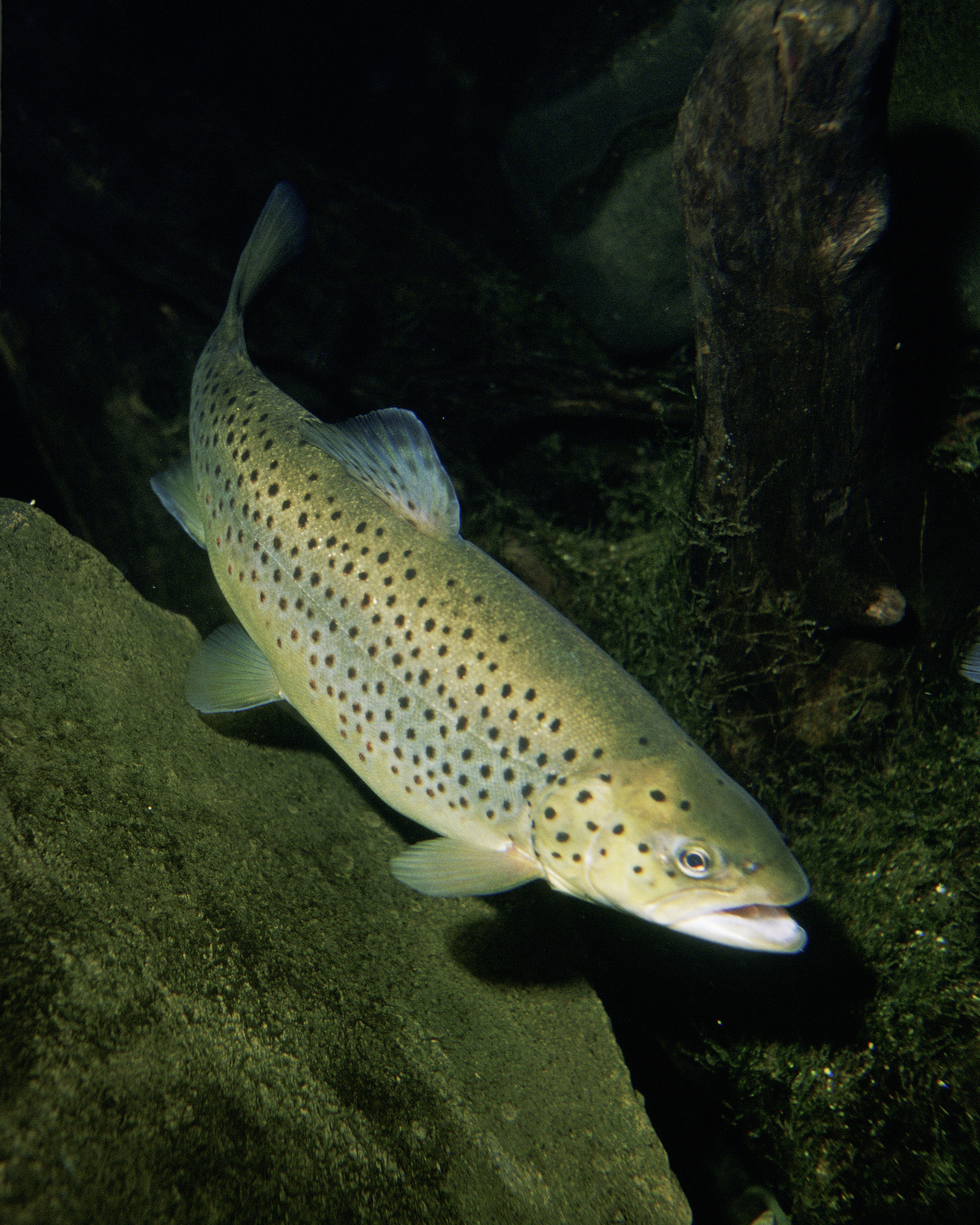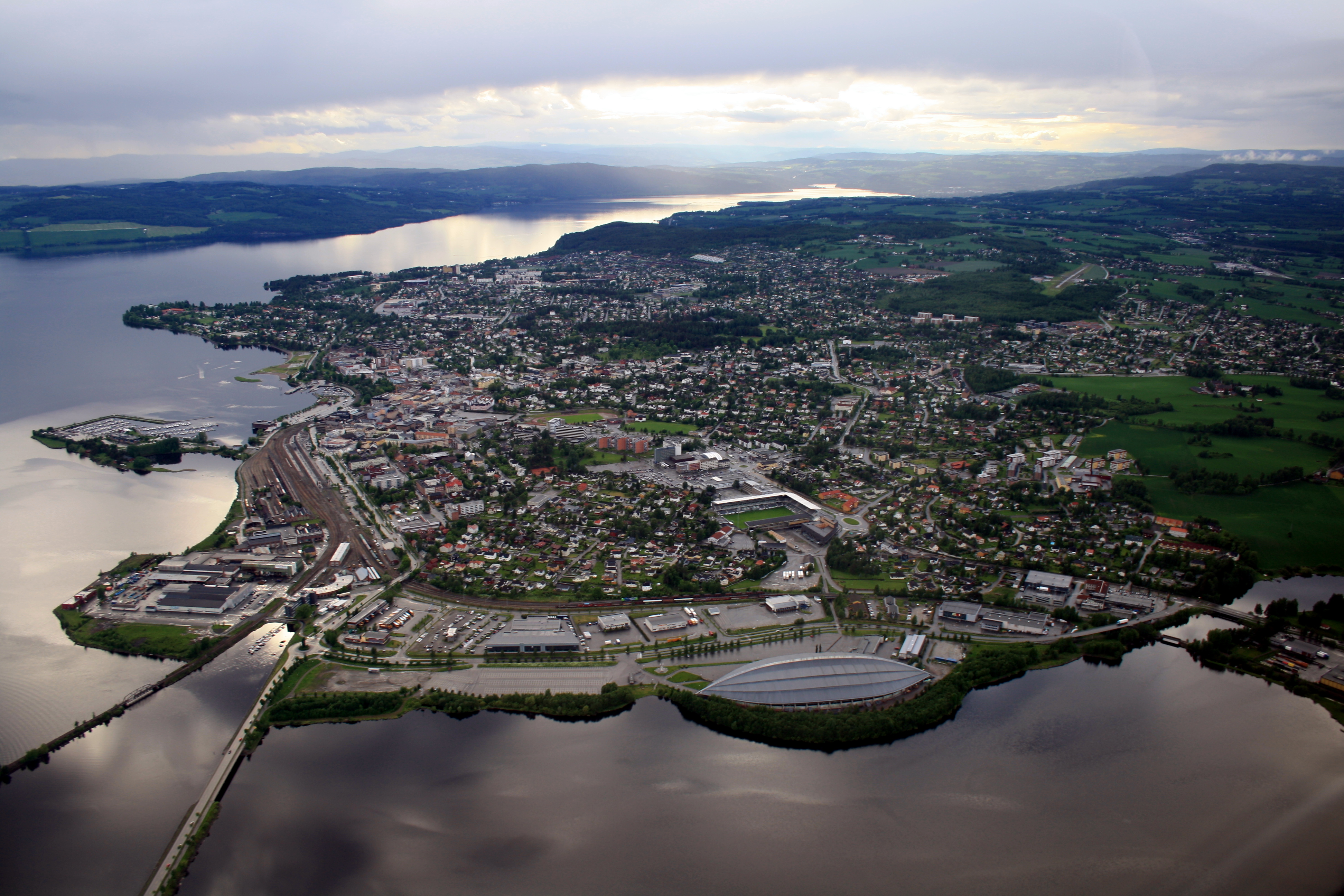|
Sølensjøen
Sølensjøen is a lake in Rendalen Municipality in Innlandet county, Norway. The lake is part of the long Sølna river system. The lake itself is about long and wide, and its greatest depth is . Sølensjøen has abundant populations of Arctic char, trout, grayling, whitefish, pike, burbot and perch, which has made it the locale of Norway's largest inland fishing village Fiskevollen which is located on its northwestern shore. The mountain Sølen lies about to the southwest of the lake. See also *List of lakes in Norway This is a list of lakes and reservoirs in Norway, sorted by Counties of Norway, county. For the geography and history of lakes in that country, see Lakes in Norway, including: *Lakes in Norway#Largest lakes, List of largest lakes in Norway *L ... References {{DEFAULTSORT:Solensjoen Rendalen Lakes of Innlandet ... [...More Info...] [...Related Items...] OR: [Wikipedia] [Google] [Baidu] |
Sølen
Sølen (also called Rendalssølen, Søln, and Rendalssøln) is a mountain in Rendalen Municipality in Innlandet county, Norway. The mountain lies about east of the village of Bergset. The lake Sølensjøen lies just east of the mountain. The mountain has three peaks: *Nordre Sølen, which has an elevation of with a prominence of * Midtre Sølen, which has an elevation of with a prominence of * Søre Sølen, which has an elevation of with a prominence of The three peaks and their saddles make the mountain distinct and visible from a long distance. An old pilgrimage route from Sweden via Trysil to Nidaros Cathedral passes through the southern gorge. The Sølen landscape conservation area was established in 2011 and it includes both the mountain massif and parts of the neighboring lake Sølensjøen. Name The name is maybe derived from the Old Norse word which means 'sallow' or 'wan' referring to its color. It could also be derived from the word meaning saddle ( non, s� ... [...More Info...] [...Related Items...] OR: [Wikipedia] [Google] [Baidu] |
Rendalen
Rendalen is a List of municipalities of Norway, municipality in Innlandet county, Norway. It is located in the Traditional districts of Norway, traditional district of Østerdalen. The administrative centre of the municipality is the village of Bergset. Other villages in the municipality include Hanestad, Otnes, Sjølisand, Unset, Norway, Unset, Åkre, Innlandet, Åkre, and Åkrestrømmen. The municipality is the 13th largest by area out of the 356 municipalities in Norway. Rendalen is the 294th most populous municipality in Norway with a population of 1,722. The municipality's population density is and its population has decreased by 12.1% over the previous 10-year period. General information The municipality of Rendalen was established on 1 January 1965 when the old municipalities of Ytre Rendal (population: 1,913) and Øvre Rendal (population: 1,629) were merged. On 1 January 1984, the unpopulated Spekedalen valley was transferred from Tynset Municipality to Rendalen. Name ... [...More Info...] [...Related Items...] OR: [Wikipedia] [Google] [Baidu] |
Rendalen Municipality
Rendalen is a municipality in Innlandet county, Norway. It is located in the traditional district of Østerdalen. The administrative centre of the municipality is the village of Bergset. Other villages in the municipality include Hanestad, Otnes, Sjølisand, Unset, Åkre, and Åkrestrømmen. The municipality is the 13th largest by area out of the 356 municipalities in Norway. Rendalen is the 294th most populous municipality in Norway with a population of 1,722. The municipality's population density is and its population has decreased by 12.1% over the previous 10-year period. General information The municipality of Rendalen was established on 1 January 1965 when the old municipalities of Ytre Rendal (population: 1,913) and Øvre Rendal (population: 1,629) were merged. On 1 January 1984, the unpopulated Spekedalen valley was transferred from Tynset Municipality to Rendalen. Name The municipality is named after the Rendalen valley ( non, Reindalr) which is located within ... [...More Info...] [...Related Items...] OR: [Wikipedia] [Google] [Baidu] |
Thymallus
''Thymallus'' is a genus of freshwater fish in the salmon family Salmonidae; it is the only genus of subfamily Thymallinae. The type species is '' Thymallus thymallus,'' the grayling. The species in the genus are generically called graylings, but without qualification this also refers specifically to ''T. thymallus.'' Distribution The fishes of this genus are native to the northern parts of the Palearctic and Nearctic realms, ranging from the United Kingdom and northern Europe across Eurasia to Siberia, as well as northern North America. ''T. thymallus'', the grayling, is widespread in Europe, and ''T. arcticus,'' the Arctic grayling, is widespread throughout Eurasia east of the Ural Mountains and in the Nearctic. The other species have more localized ranges in northern Asia. Appearance ''Thymallus'' species are distinguished from other members of the salmon family by their larger scales, their small mouths with teeth on the maxillary bone, and most striking of all, their ... [...More Info...] [...Related Items...] OR: [Wikipedia] [Google] [Baidu] |
Perch
Perch is a common name for fish of the genus ''Perca'', freshwater gamefish belonging to the family Percidae. The perch, of which three species occur in different geographical areas, lend their name to a large order of vertebrates: the Perciformes, from the el, πέρκη (), simply meaning perch, and the Latin ''forma'' meaning shape. Many species of freshwater gamefish more or less resemble perch, but belong to different genera. In fact, the exclusively saltwater-dwelling red drum is often referred to as a red perch, though by definition perch are freshwater fish. Though many fish are referred to as perch as a common name, to be considered a true perch, the fish must be of the family Percidae. The type species for this genus is the European perch, ''P. fluviatilis''. Species Most authorities recognize three species within the perch genus: * The European perch (''P. fluviatilis'') is primarily found in Europe, but a few can also be found in South Africa, and even as ... [...More Info...] [...Related Items...] OR: [Wikipedia] [Google] [Baidu] |
Burbot
The burbot (''Lota lota'') is the only gadiformes, gadiform (cod-like) freshwater fish. It is also known as bubbot, mariah, loche, cusk, freshwater cod, freshwater ling, freshwater cusk, the lawyer, coney-fish, lingcod, and eelpout. The species is closely related to the marine common ling and the cusk (fish), cusk. It is the monotypic, only member of the genus ''Lota''. For some time of the year, the burbot lives under ice, and it requires frigid temperatures to breed. Etymology The name burbot comes from the Latin word ''barba'', meaning beard, referring to its single chin whisker, or barbel (anatomy), barbel. Its generic and specific names, ''Lota lota'', comes from the old French ''lotte'' fish, which is also named "barbot" in Old French. Description With an appearance like a cross between a catfish and an eel, the burbot has a serpent-like body, but is easily distinguished by a single barbel on the chin. The body is elongated and laterally compressed, with a flattened hea ... [...More Info...] [...Related Items...] OR: [Wikipedia] [Google] [Baidu] |
Esox
''Esox'' is a genus of freshwater fish commonly known as pike or pickerel. It is the type genus of the family Esocidae. The type species of the genus is '' Esox lucius'', the northern pike. ''Esox'' has been present in Laurentia (which later became North America) and Eurasia since the Paleocene. Modern large pike species are native to the Palearctic and Nearctic realms, ranging across Northern America and from Western Europe to Siberia in North Asia. Pikes have the elongated, torpedo-like shape typical of predatory fishes, with sharply pointed heads and sharp teeth. Their coloration is typically grey-green with a mottled or spotted appearance with stripes along their backs, providing camouflage among underwater weeds, and each individual pike marking patterns are unique like fingerprints. Pikes can grow to a maximum recorded length of , reaching a maximum recorded weight of . Etymology The generic name ''Esox'' (pike fish) derives from the Greek ἴσοξ (''ee-so ... [...More Info...] [...Related Items...] OR: [Wikipedia] [Google] [Baidu] |
Freshwater Whitefish
The freshwater whitefish are fishes of the subfamily Coregoninae, which contains whitefishes (both freshwater and anadromous) and ciscoes, and is one of three subfamilies in the salmon family Salmonidae. Apart from the subfamily Coregoninae, the family Salmonidae includes the salmon, trout, and char species of the subfamily Salmoninae, and grayling species of the subfamily Thymallinae. Freshwater whitefish are distributed mainly in relatively cool waters throughout the northern parts of the Northern Hemisphere. The Coregoninae subfamily consists of three nominal genera: *''Coregonus'' Linnaeus, 1758 – whitefishes and ciscoes, which according to some authors number more than 60 species. There are differing opinions on the classification of some species within the genus and the overall number of species. Some species in Arctic regions of Asia and North America forage in marine waters. *'' Prosopium'' Jordan, 1878 – round whitefishes, which includes six species, three of ... [...More Info...] [...Related Items...] OR: [Wikipedia] [Google] [Baidu] |
Trout
Trout are species of freshwater fish belonging to the genera '' Oncorhynchus'', '' Salmo'' and '' Salvelinus'', all of the subfamily Salmoninae of the family Salmonidae. The word ''trout'' is also used as part of the name of some non-salmonid fish such as ''Cynoscion nebulosus'', the spotted seatrout or speckled trout. Trout are closely related to salmon and char (or charr): species termed salmon and char occur in the same genera as do fish called trout (''Oncorhynchus'' – Pacific salmon and trout, ''Salmo'' – Atlantic salmon and various trout, ''Salvelinus'' – char and trout). Lake trout and most other trout live in freshwater lakes and rivers exclusively, while there are others, such as the steelhead, a form of the coastal rainbow trout, that can spend two or three years at sea before returning to fresh water to spawn (a habit more typical of salmon). Arctic char and brook trout are part of the char genus. Trout are an important food source for humans and ... [...More Info...] [...Related Items...] OR: [Wikipedia] [Google] [Baidu] |
Innlandet
Innlandet is a county in Norway. It was created on 1 January 2020 with the merger of the old counties of Oppland and Hedmark (the municipalities of Jevnaker and Lunner were transferred to the neighboring county of Viken on the same date). The new county has an area of , making it the second largest county in Norway after Troms og Finnmark county. The county name translates to "The Inland" which reflects that the county is the only landlocked county in Norway. The county covers approximately 17% of the total area of the mainland area of Norway. It stretches from the Viken county and the Oslo region in the south to Trøndelag county in the north. In the northwest, the county borders Møre og Romsdal and the Vestland county in the west. To the east the county borders the Swedish counties of Värmland and Dalarna. The northern and western areas of the county are dominated by the mountainous areas Rondane, Dovrefjell and Jotunheimen. The Galdhøpiggen mountain is located with ... [...More Info...] [...Related Items...] OR: [Wikipedia] [Google] [Baidu] |
Arctic Char
The Arctic char or Arctic charr (''Salvelinus alpinus'') is a cold-water fish in the family Salmonidae, native to alpine lakes and arctic and subarctic coastal waters. Its distribution is Circumpolar North. It spawns in freshwater and populations can be lacustrine, riverine, or anadromous, where they return from the ocean to their fresh water birth rivers to spawn. No other freshwater fish is found as far north; it is, for instance, the only fish species in Lake Hazen which extend up to on Ellesmere Island in the Canadian Arctic. It is one of the rarest fish species in Great Britain and Ireland, found mainly in deep, cold, glacial lakes, and is at risk there from acidification. In other parts of its range, such as the Nordic countries, it is much more common, and is fished extensively. In Siberia, it is known as ''golets'' () and it has been introduced in lakes where it sometimes threatens less hardy endemic species, such as the small-mouth char and the long-finned ... [...More Info...] [...Related Items...] OR: [Wikipedia] [Google] [Baidu] |




.png)



